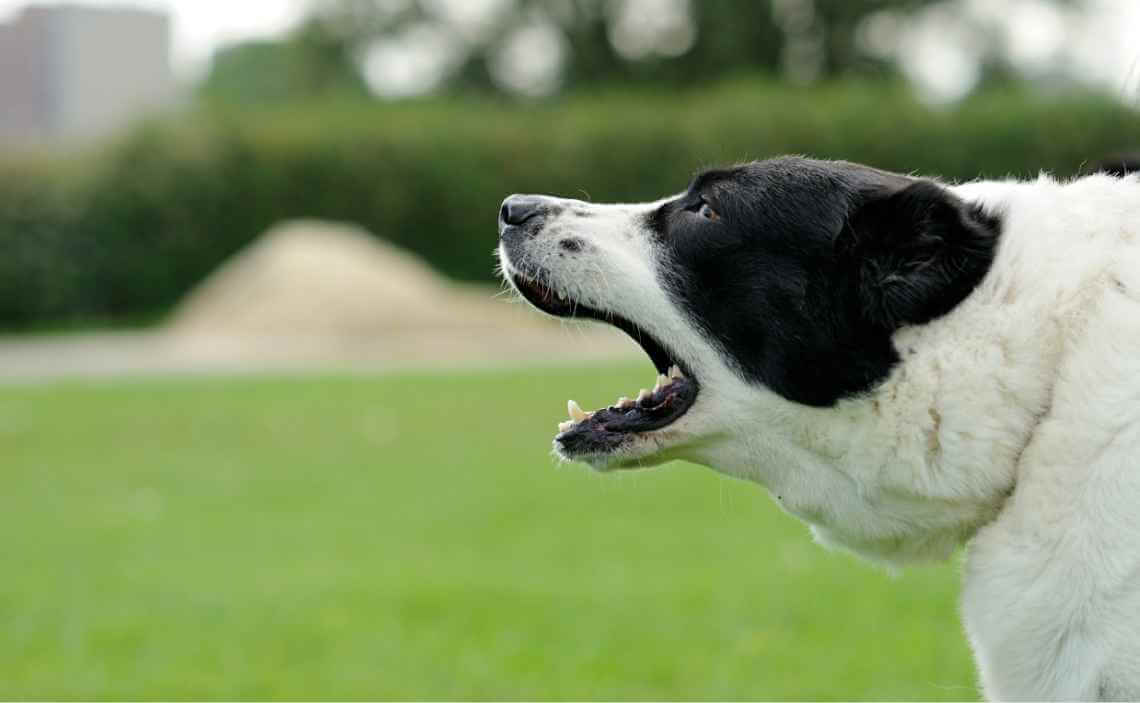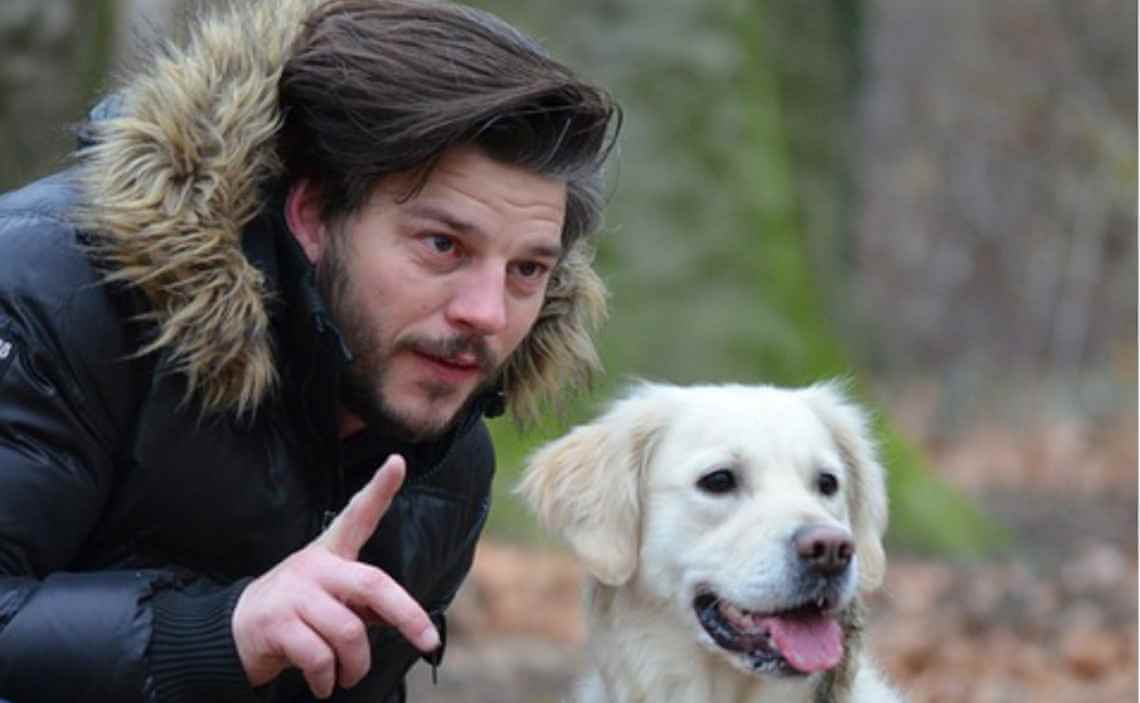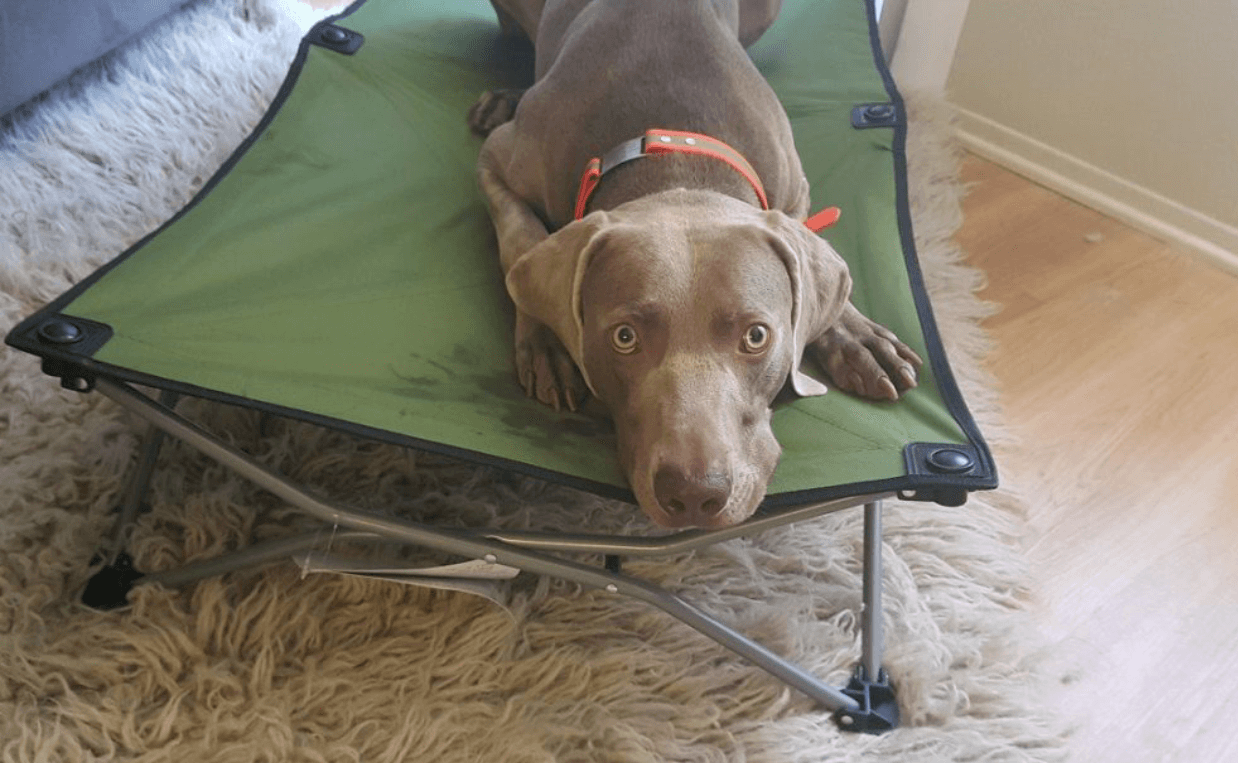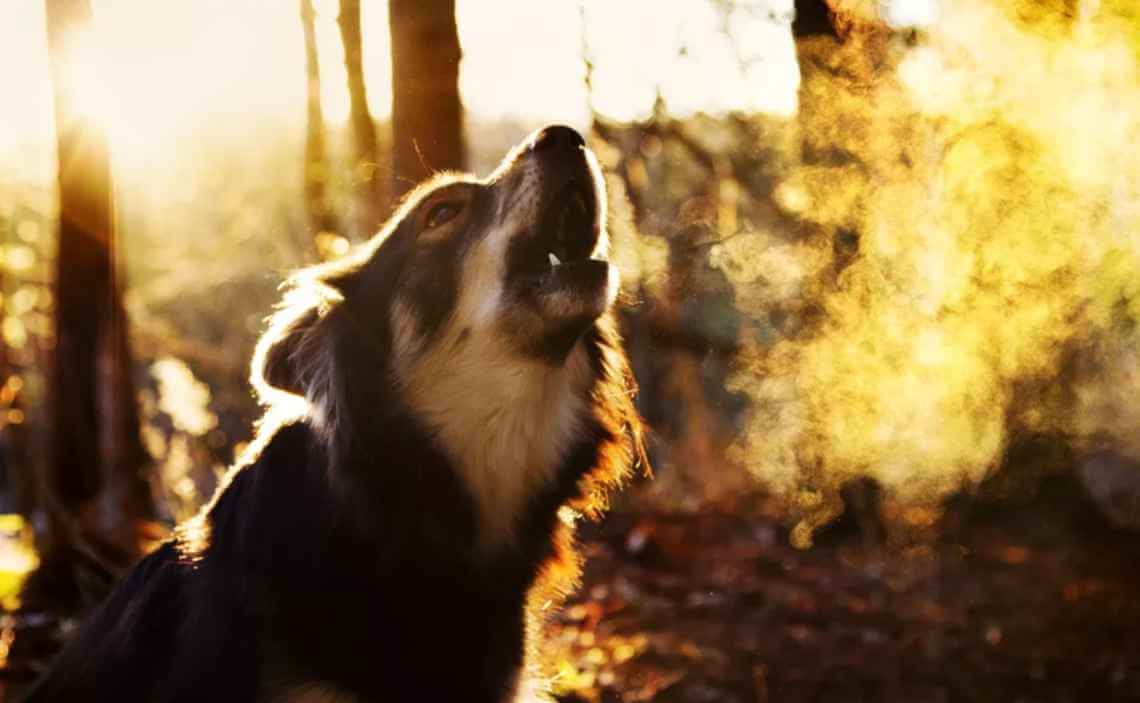
Most dogs bark. Barking is a natural reaction for canines. We want our dogs to bark at intruders or to let us know something is wrong. But excessive barking can become annoying and problematic. Too often, dog owners react by yelling, which rewards this bad habit (we’ll get to this a little later). Many people are also inconsistent when disciplining unwanted behavior.
Why Dogs Bark
Barking is one way dogs communicate. Barking has different meanings depending on the situation. Here are some reasons dogs bark:
-
They are being protective
Most dogs will bark when a person or an animal threatens their home area or “territory”. If the threat gets closer, the barking tends to get louder. Your dog will take an “alert” posture and may even bark aggressively in order to protect his or her territory. Most dogs will protect their home, yard and vehicle and family members.

-
They are fearful
If a dog hears or sees something that alarms them, they may react with barking. This can happen anywhere, not just in their territory.
-
They feel lonely or bored
Dogs are social animals. In the wild, they live in packs. When dogs are left alone for long periods of time, they can become lonely, bored and sad and will often bark because they are unhappy.
-
They are greeting you or want to play
This is a happy bark. They are happy to see you or are letting you know they want to play with you. This type of bark is often accompanied with a wagging tail and jumping.
-
They are seeking attention
Dogs will bark to get your attention. Sometimes they are letting you know they want something, like a treat, to go outside or they want to play. Sometimes they just want your attention and are trying to get it in a way they know how.

-
They are anxious about you leaving
Dogs with separation anxiety will often bark excessively when left alone. They will also exhibit other behaviors, like pacing, destructiveness or depression. Some dogs will eliminate inappropriately when demonstrating separation anxiety.
-
They are barking compulsively
Compulsive barkers seem to bark just to hear their own voice. They will often make repetitive movements, like running in circles or along a fence.

How to Treat Excessive Barking
It takes time, patience and consistency to teach your dog to bark at the right times – and to stop excessive barking. The longer your dog has been practicing his or her barking behavior, the longer it will take for them to change their ways. It won’t happen overnight, but in time you will notice progress.
Here are nine tips to help your dog learn to stop barking excessively.
-
Don’t yell at your dog
When your dog hears you yelling at him to stop barking, it sounds like you’re joining in with him.
-
Stay positive and upbeat
Positive training helps you foster a good relationship with your dog. Staying positive helps you change your dog’s behavior without the use of force or threat, thereby fostering trust between you and your dog.

-
Be consistent
If you’re not consistent, your dog will be confused. Everyone in your household needs to use the same training methods every time your dog barks inappropriately. You can’t let your dog bark excessively sometimes and then expect her to learn when it’s time to stop barking.
-
Remove the motivation
Your dog gets some type of reward every time he barks. Review the reasons dogs bark (see above) and try to figure out what type of reward your dog is getting, then figure out how to make barking unrewarding. Try not to give your dog the opportunity to continue the barking behavior.

-
Ignore the barking
Ignore your dog’s barking for as long as it takes him to stop. That means don’t give him any attention at all while he’s barking. Your attention only rewards him for being noisy (even negative attention, such as yelling or scolding). Don’t talk to him, don’t touch him and don’t even look at him. When he finally quiets down, even to take a breath, reward him with a treat.
To be successful with this technique, you must wait as long as it takes for your dog to stop barking. If she barks for an hour and you finally get so frustrated that you yell at her, the next time she’ll probably bark for an hour and a half. She learns if she just barks long enough you will give her attention.
- You can use a crate for this technique. Put your dog in his crate, turn your back and ignore him as long as he is barking. Once he stops barking, praise him and give him a treat.
- As your dog understands she will be rewarded once she stops barking, lengthen the time she must be quiet in order to receive the treat.
- Start by rewarding your dog for just a few seconds, then work up to a longer period of time.

-
Desensitize your dog to the stimulus
This technique involves getting your dog used to whatever is causing him to bark.
- Start with the stimulus (the thing that is causing your dog to bark) at a distance. For example, if your dog barks at other dogs, ask a friend to bring their dog and stand far enough away your dog won’t bark. Reward your dog with a treat.
- Next, move the stimulus a little closer. As your friend and their dog come into view, start feeding your dog treats.
- Stop feeding treats as soon as your friend and their dog disappear from view.
- Repeat the process multiple times
- Don’t try to progress too quickly. This technique may take days or weeks before your dog can pay attention to you and the treats without barking at the other dog.

-
Teach your dog the “speak” and “quiet” command
It may seem backwards, but the first step is to teach your dog to bark on command. Give your dog the command to “speak”. You might have to wait a while, but when your dog barks reward him. Keep working with your dog in this way until he or she understand to bark on command.
Once your dog understands the “speak” command, teach her the “quiet” command. In a calm environment with no distractions, give the “speak” command. Then, give the “quiet” command. Make sure your dog knows you have a treat ready. Once your dog is quiet, praise her for being quiet and give her the treat.
Once your dog understands “speak” and “quiet” and will perform these commands reliably, you can start working with distractions. For example, if someone rings your doorbell, give the “quiet” command and reward your dog as soon as he or she responds.

-
Teach your dog the “place” command
Give your pooch a designated place and train her to stay there for short periods of time. For example, if an HVAC person comes to fix your furnace, you don’t want your dog barking at him constantly while he’s trying to work. Send her to her “place” until the worker leaves.
- Toss a treat onto the mat or whatever you’re using for your dog’s “place”
- When you’re ready, give the “place” command and let your dog go get the treat.
- Continue doing this, making your dog wait on his mat for longer periods of time
- Practice having someone come to the door. Give the “place” command. Repeat until your dog goes to his or her mat.
- Increase the difficulty by having someone ring the door bell while your dog is on his or her mat. Reward your dog when he or she stays in place.

-
Give your dog enough exercise
Make sure your dog is getting sufficient physical and mental exercise every day. If your dog doesn’t receive enough exercise, she is more likely to bark out of boredom or frustration.
- Take your dog for a walk every day. Some breeds require several walks every day.
- Play with your dog every day. A good game of “chase the ball” and interactive toys may help relieve his or her stress and frustration.
Consider bringing your dog to Canine Campus on a regular basis. Your dog will receive lots of exercise and mental stimulation through play. After a day at Canine Campus your dog will come home dog tired. No joke. Plus, your dog will form relationships with the human referees and other dogs, helping to fulfill his need for socialization. Click here to learn more about our dog daycare program.

When you adopt a dog you need to realize that dogs are going to bark for whatever reason. However, if your dog barks excessively it’s up to you to figure out the cause of the barking and address it consistently and patiently.
Canine Campus offers dog training classes that will help address excessive barking. Click here to learn more about our premier training program and master trainer.

 How to Teach Your Dog to Speak with Dog Talking Buttons
How to Teach Your Dog to Speak with Dog Talking Buttons 10 Tips to Train Your Dog to Walk on a Leash
10 Tips to Train Your Dog to Walk on a Leash How to Curb Unwanted Chewing in Puppies
How to Curb Unwanted Chewing in Puppies 10 Tips to Stop Dog Aggression Towards Cats
10 Tips to Stop Dog Aggression Towards Cats [FREE DOWNLOAD] Do All of Those Daycare Dogs Get Along?
[FREE DOWNLOAD] Do All of Those Daycare Dogs Get Along?






I have a doberman that chew every thing he can reach to: plants, plastic buckets, cement bags, vases, shoes and many more.
Bucks when my neighbour security in moving around in the premises or even bucks at my maid when she is coming toworths the gate then stops bucking
Those canine behaviors can be very frustrating. Dog training or behavior specialists can help in situations like this. If you’re unable to find a dog trainer or behaviorist in your area, contact your local Humane Society for referrals. Good luck!
This is the most important part. I mean, really, it’s a combination of all of the above. You know those 8 Dimensions of Wellness Forest team members are always pushing? There’s so much value in them! Keep being and learning, doing and moving, mixing and searching and sharing and going. Yes, keep going! Your experiences and your journey are blending together to create the most beautiful story. Embrace life at The Forest, just as Diane and I have done, and you’ll definitely get the most bang for your bark.
Thanks for your comment Shawnita!